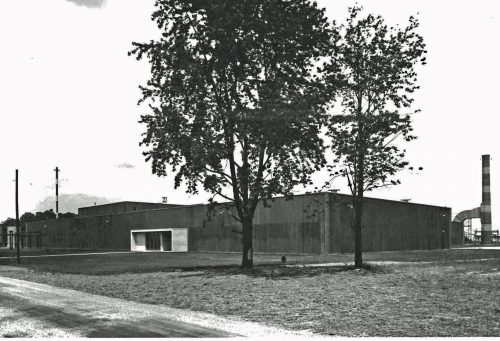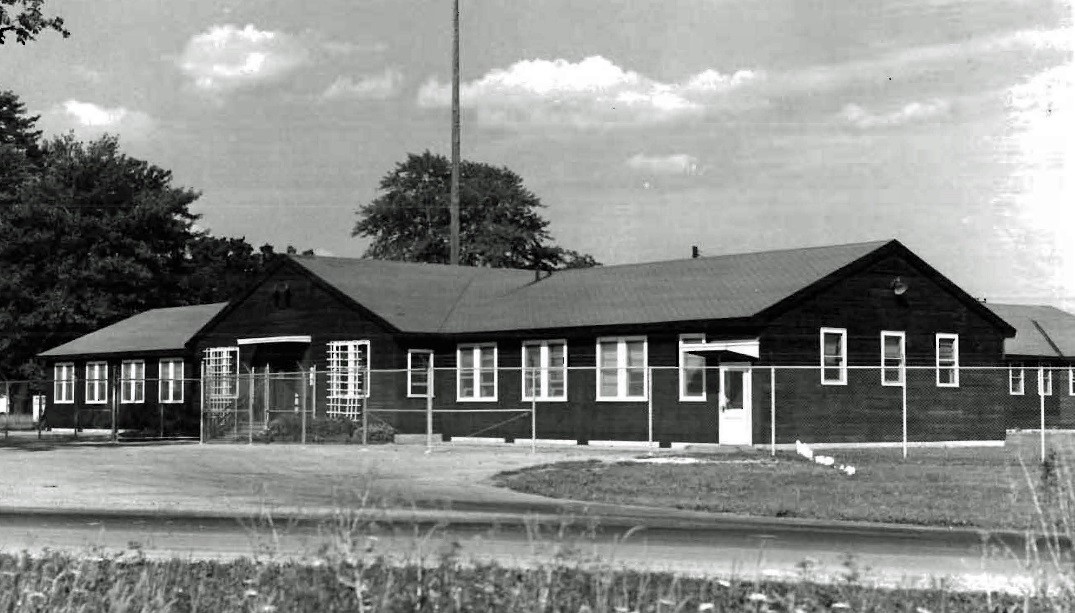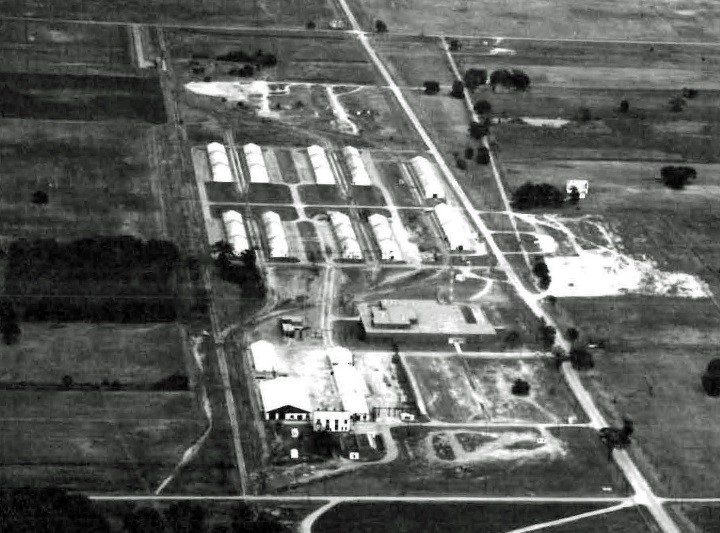
CWP Blog | CWP
Discussions with Deb: Scioto Laboratory, Dayton Project Unit IV
July 6, 2018
July 6, 2018
CWP
CWP Blog
One of the most unusual Atomic Energy Commission (AEC) facilities that I have run across is Ohio’s Scioto Laboratory, which was set up as a backup facility for Mound Laboratory. As far as I know this is the only time the AEC set up a backup facility for one of its plants. But as we all know, I don’t know everything. If anyone knows of another time the AEC did this, I would love to learn about it!

(DOE photo; Scioto Lab Trooper Headquarters)
As with many things in the early years of the AEC the Scioto Laboratory evolved from earlier work. In 1943 the Manhattan Engineer District (MED) chose Monsanto Chemical Company to be the contractor to explore polonium’s chemistry and metallurgy since they had experience working with the radionuclide. This work became known as the Dayton Project. By the time the war ended it was obvious that the Dayton Project facilities were insufficient for the work being done and the AEC built Mound Laboratory in Miamisburg Ohio.
Shortly after Mound’s construction started the AEC began planning another facility in Ohio. Remember, this was the beginning of the Cold War. The AEC was concerned because Mound was the only facility working on polonium initiators. They worried that Mound could be damaged, either by an accident or in an attack. So the AEC designed and built the Scioto Laboratory as a replacement for Mound just in case.
Scioto Lab was located about 100 miles from Mound near Marion Ohio on about 1,200 acres which had been the Scioto Ordnance Works. While Scioto Lab was not meant to be used at a research facility, it was set up for production so it could either take over for Mound in the event of an attack or used if additional space was needed for polonium or actinium work. The AEC built three new buildings, planned two which were never constructed, and remodeled eight others. The site also held numerous warehouses and other small buildings. Mound’s machine shop worked hard and long to provide all the machinery necessary for nuclear weapons work so the lab was a well-equipped facility. Scioto Lab seems to have employed fewer than100 employees during each year it operated. Scioto Lab opened in July 1949 and was put into cold standby. By the mid-1950s the AEC determined it was too expensive to keep open and it was closed, although it appears that the AEC maintained the property after closure. In the 1970s the property was sold to a private party.
Just as in many of the early AEC facilities, strange rumors evolved around Scioto Lab. One story is that uranium was stored in the basement of a church on the property during the war and later moved to Scioto Lab. Another revolves around radiation monitoring that the AEC did at the request of the army on a roomful of metascopes (night vision rifle scopes) containing radium. When the Formerly Utilized Sites Remedial Action Program (FUSRAP) reviewed the site in 1987 they monitored for polonium and uranium. As polonium has a half-life of about 139 days it’s not surprising that none was found but I have yet to learn yet why they checked for uranium but didn’t check for radium since the metascopes contained radium but not uranium.
Currently the Scioto Laboratory isn’t covered under EEOICPA. We are working to see if we can change that.

